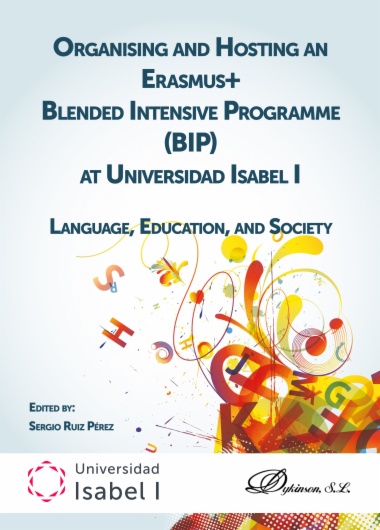

Este libro es el resultado de las experiencias vividas antes, durante y después de la celebración del BIP titulado “Language, education, and society” organizado y alojado por la Universidad Isabel I (Burgos, España) en marzo y abril de 2024.Los programas BIP (Blended Intensive Programme) forman parte del programa Erasmus+ 2021-2027 y ofrecen experiencias de movilidad híbrida, tanto online como presencial, a aquellos estudiantes universitarios europeos que no desean pasar un semestre o un año académico estudiando en el extranjero.La obra es un compendio de artículos de varios de los docentes que formaron parte de esta experiencia y que describen sus clases magistrales y talleres prácticos basados en la temática del BIP. Además, se presenta un capítulo que ofrece consejos prácticos para llevar a cabo este tipo de programas y, otro capítulo, presenta los resultados obtenidos a través de un cuestionario y entrevistas personales realizados al término del programa.Este libro puede servir de referencia tanto a docentes y a personal universitario que deseen celebrar un BIP en su institución, como a estudiantes universitarios que se estén planteando asistir a uno de ellos.